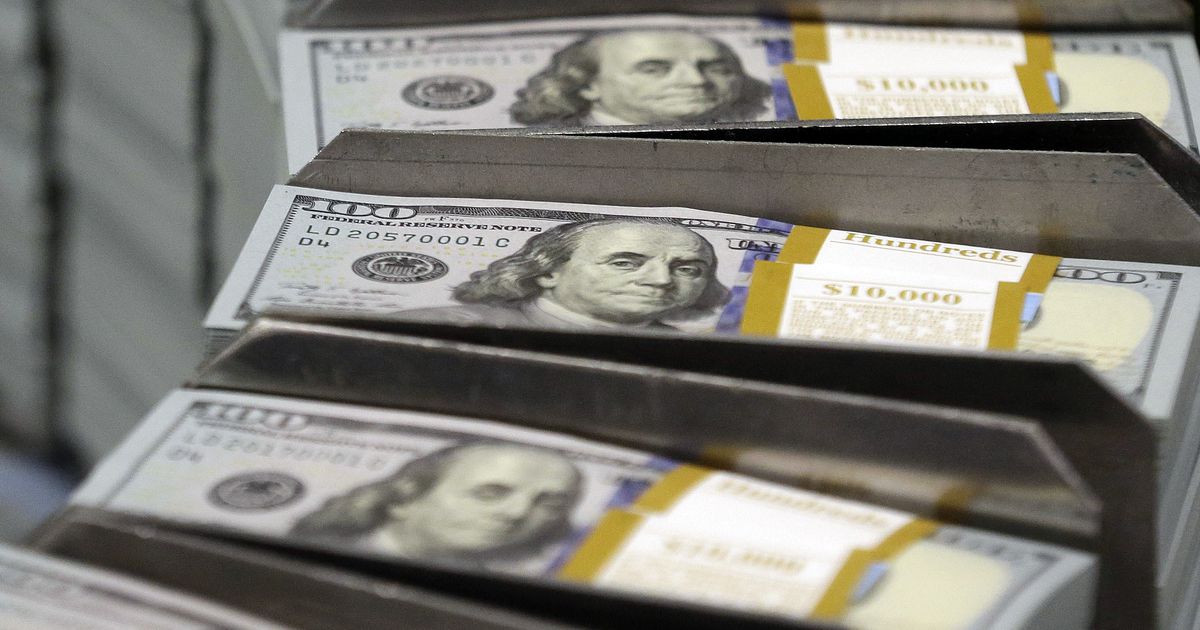First in a sequence
The Trainer Retirement System of Texas pension fund earned 5.2% within the fiscal 12 months ending Aug. 31, 2019, which isnāt spectacular on its face. Itās decrease than the earlier 12 months, for one factor. Itās additionally beneath the goal return for the stateās largest pension plan.
However 5.2% seems fairly grand whenever you evaluate it with the stateās second-largest public pension plan. The Workers Retirement System of Texas pension clocked in with a dismal 3%.
That superiority wasnāt a one-shot deal, both. The TRS pension fund additionally beat the ERS pension returns over the trailing three- and 10-year durations.
How in regards to the different state and native pension plans in Texas? Sorry, thatās exhausting to inform. Whereas the pension database on the Comptroller of Texas web site lists all 99 plans and their trailing returns, plan reporting dates differ. So true apples-to-apples return comparisons for a similar time durations arenāt attainable from out there knowledge.
However measured in opposition to the opposite plans whose fiscal years shut Aug. 31, the TRS tromps the competitors in all three time durations.
So Texas lecturers must be joyful and proud, proper?
Possibly. Possibly not.
Letās put it in a broader context.
Right hereās the scenario. The TRS pension fund places a military of funding managers to work with the single-minded purpose of reaching its focused 7.25% return. Try this, and lecturers may have the retirement revenue theyāve been promised.
So the fund has investments in plenty of asset lessons. It additionally has investments in various property, akin to hedge funds of every kind, non-public fairness and pure sources.
To place it in exact, technical phrases: It has funding merchandise and expertise out the wazoo.
However selection and expertise donāt come low-cost. Certainly, in accordance with the Complete Annual Report, compensation and incentives for fund managers clocked in at a cool $1.3 billion for the 12 months. Thatās about 0.83% of fund property, a slightly excessive quantity for a fund with $157.4 billion in property. The fund spent a further $62.5 million on brokerage commissions.
Yow will discover out why the TRS pension prices are so excessive on Web page 111 of the report. Greater than 90% of the administration charges go to these āvarious investments.ā These are intensely managed investments finest identified for his or her excessive charges. Along with a excessive fundamental price, they take a hefty share of the earnings. Warren Buffett has described such charges as āobscene.ā
But, regardless of these lurid bills, the TRS fund has put practically half its property, $72.2 billion, in such funds. It has additionally dedicated a further $36.9 billion to such investments in future years, a reality youāll discover on Web page 56 of the report.
TRS is much from alone. Pension funds and endowments throughout the nation have been investing in hedge funds/various property for years. One cause is that many managers consider common property, like shares and bonds, gainedāt produce the returns they want. If TRS is making a mistake, it can have plenty of firm.
Within the context of typical considering within the funding world, costly hedge funds are the best way to go. There are two main causes for this.
The primary cause is that it helps a perception that funding expertise and smarts can carry good outcomes. If the managers didnāt consider that, they would want to seek out one other occupation. It could most likely pay far much less.
Greater than half a century of research and proof, nevertheless, has discovered that good efficiency is, properly, a random occasion.
The second cause will concern lecturers and taxpayers. Believing in excessive returns from various investments eliminates the politically horrifying want to inform the Texas Legislature that the 7.25% return purpose gainedāt be met.
The one various? Enhance the money contributions from lecturers, college programs and the state Legislature.
Messengers have been shot for much less.
However letās get again to context.
Funding managers love being measured in opposition to different funding managers. That makes it like a recreation of musical chairs. The oldsters with the worst returns lose their jobs, however everybody else stays fortunately employed.
Issues look fairly completely different whenever you change the measuring stick. The one I’ve used for many years is low-cost index investing.
Itās straightforward to do. We merely evaluate TRS fund returns to the efficiency of the Vanguard Balanced Index fund. And since weāre going to speculate greater than $10,000, we will put that $157.4 billion into the nonetheless decrease price Admiral shares of the fund.
That can price 0.07% a 12 months.
As you’ll be able to see from the desk beneath, Vanguard Balanced Index Admiral shares supplied a better return than the TRS pension fund ā for all of its intense administration ā during the last 12 months, three-year, five-year and 10-year durations. I additionally in contrast the returns in every particular person 12 months of the final 10 and located that Vanguard Balanced Index Admiral shares supplied a better return in six of the ten.
The prevalence of low-cost index investing means that some huge cash for trainer retirements is being siphoned off into the pockets of well-meaning and really well-paid funding managers.
So letās ask a trustee-like query. What if that cash went to lecturers? What would it not do?








